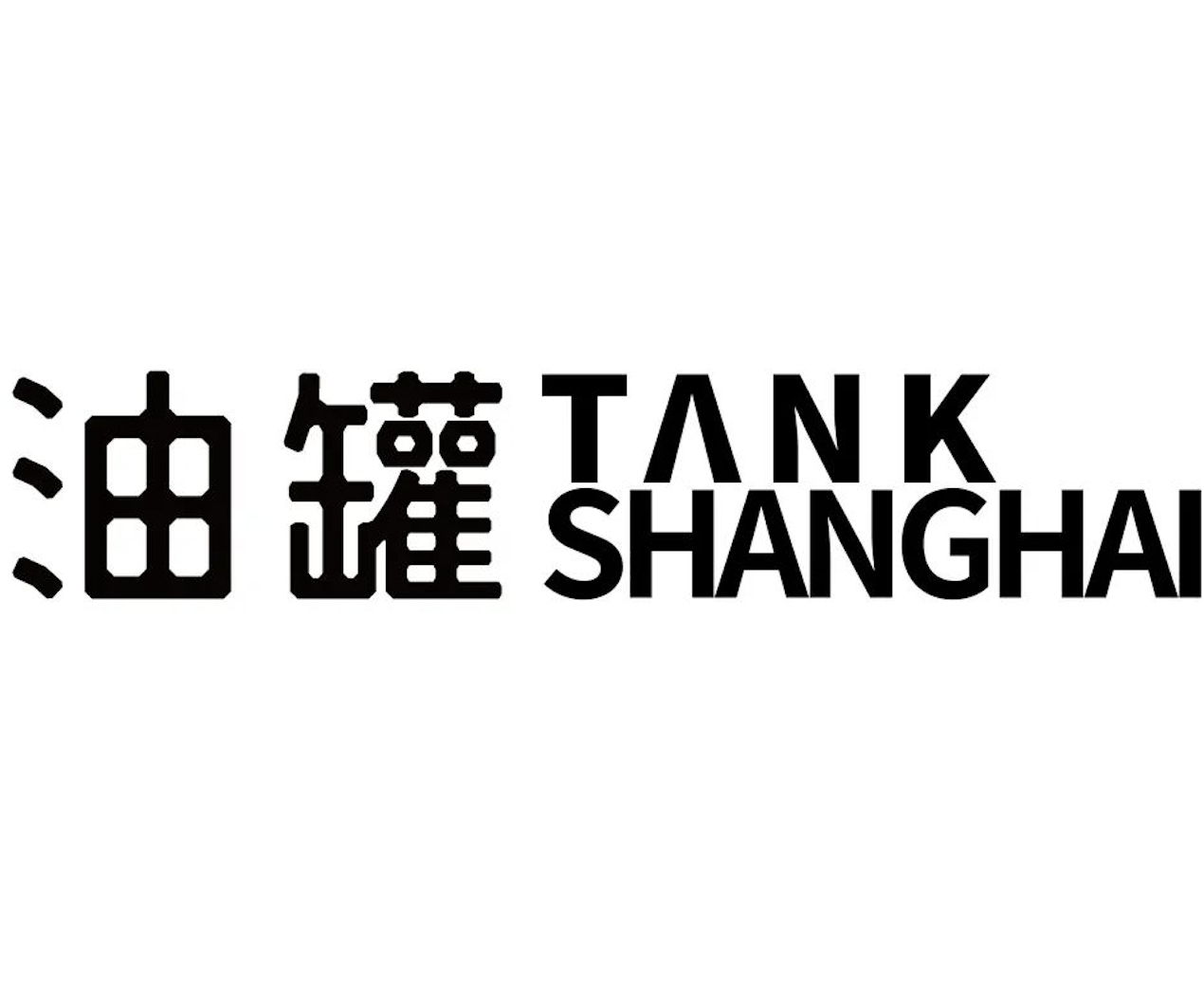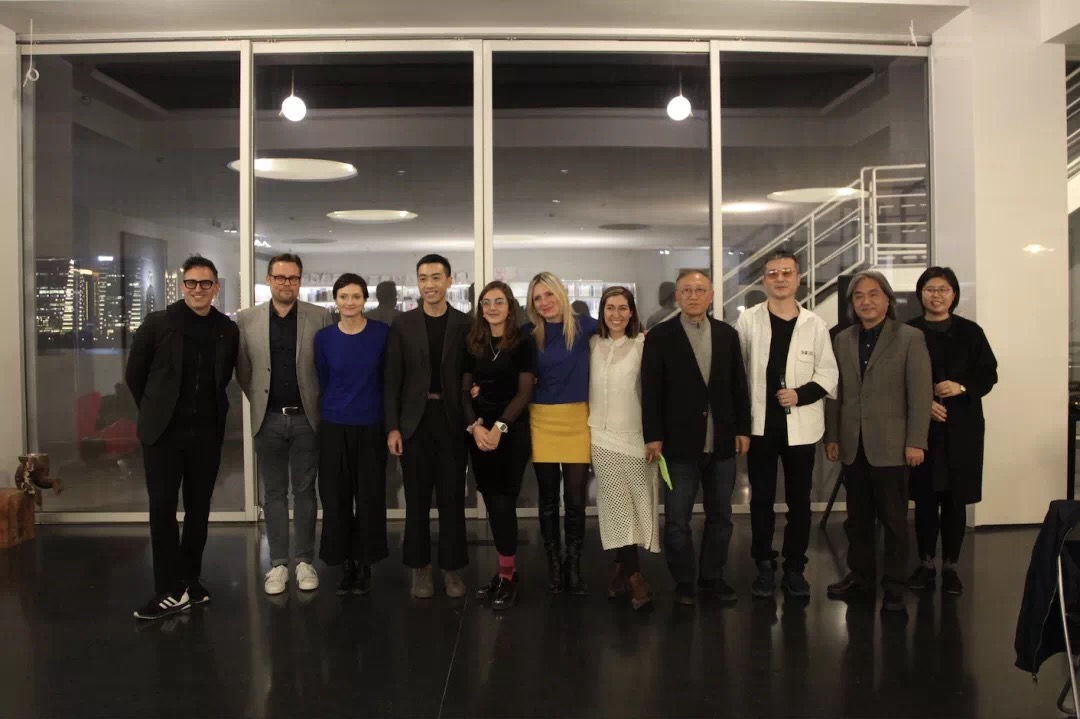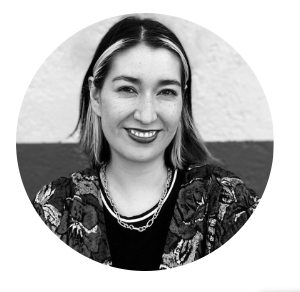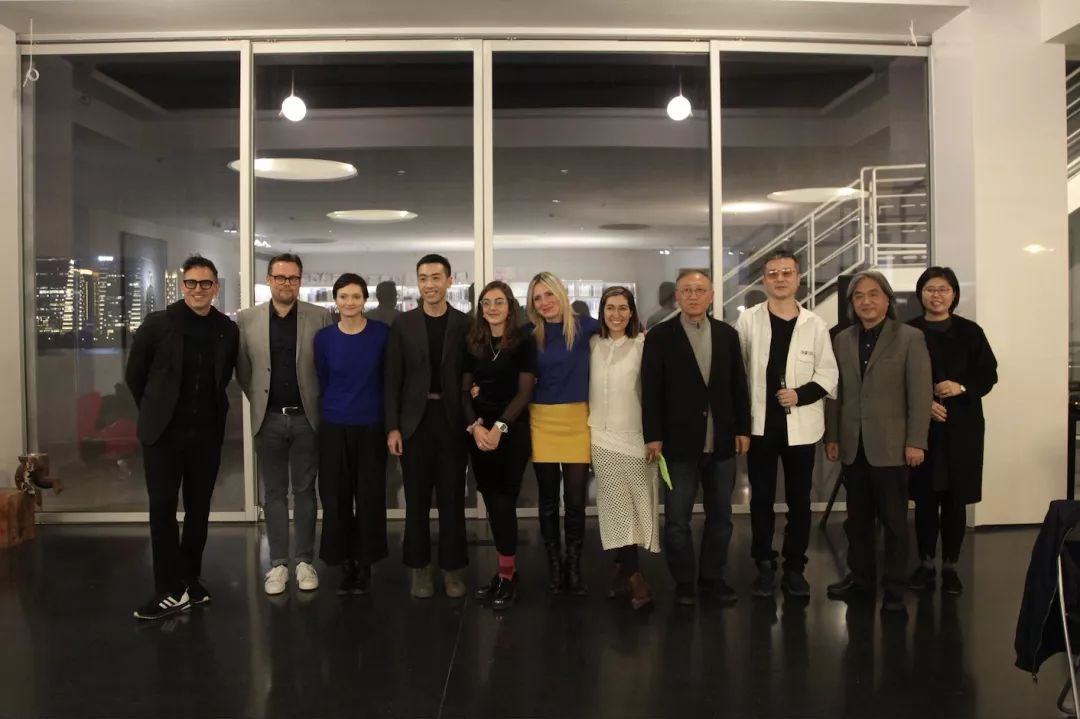
TANK Shanghai is presenting the group exhibition——"Suspension of Disbelief", it curated by the four award curators: Mirela Baciak (Poland)、Irene Campolmi (Italy)、Helena Lugo (Mexico) and Daniela Ruiz Moreno (Argentina). The exhibition opens from Feburary 8th to May 7th 2023.
(4).jpeg)
Curators:Mirela Baciak, lrene Campolmi, Helena Lugo, Daniela Ruiz Moreno

Background of Curatorial Team
Please tell us about the members of your curatorial team (cultural and educational backgrounds, their areas of expertise).
We are all specializing in curating and contemporary exhibition making; and are interested in queer-feminist practices and post-humanist discourse.
Mirela Baciak is a curator and researcher in the field of visual arts with roots in contemporary dance. She approaches curating as a choreographic practice of putting things in spatial, temporal, and conceptual relations, creating connections of bodies to objects and space, but also to concepts, ideas, and other bodies; whereas distance is relative.
Irene Campolmi is a curator and researcher based in Copenhagen. She has focused her work on performance for many years, through which she researches postcolonial, queer and feminist theories.
Helena Lugo is an art historian, researcher and curator based in Mexico City. She received her MFA in Curating from Goldsmiths College after obtaining the FONCA-CONACYT scholarship for studying abroad. She has collaborated and curated exhibitions at museums, galleries and independent spaces in London, Mallorca, Venice, Cuernavaca and Mexico City.
Daniela Ruiz Moreno is a curator based in Madrid. She is interested in collaborating with artists who deal with day-to-day experiences and concerns, generating alternative narratives and ways of seeing the world. We realize individual projects in the respective countries where we are based. Irene lives and works in Copenhagen, Mirela in Vienna, Austria, Daniela in Madrid, and Helena in Mexico City.
When did you form the curatorial team? Why did you decide to work in a team model?
In 2019 we participated in Shanghai Curators Lab II – an intensive program for young curators in China; this is where we met and formed a curatorial team for the sake of the competition. We were extremely happy that our proposal got selected for the TANK Curator Prize.
How do you divide the work among your team members?
We conceive the exhibition collectively and make all decisions together. At the same time, each of us is responsible for two artists and their specific projects in the exhibition.
The review site of "Awardees of TANK CURATOR Prize"

About the "Awardees of TANK CURATOR Prize"
How did you hear about the TANK Shanghai Young Curators Competition? Why did you decide to participate?
It wasn‘t really a choice, as the competition was part of the Shanghai Curators Lab, yet we happily indulged in collective work, and were thrilled to be selected to realize our proposal for TANK Shanghai.
What were your impressions of the architectural space after visiting TANK Shanghai ?
The space and its history were an inspiration to us, and the concept of the show. We wanted to do something that connects to the fact that the 5 tanks of TANK Shanghai used to be part of the Shanghai Longhua Airport, one of the first airports in China (decommissioned in 1966). The space made us think about the topic of escape, or serving as a point from which one could reach another world.
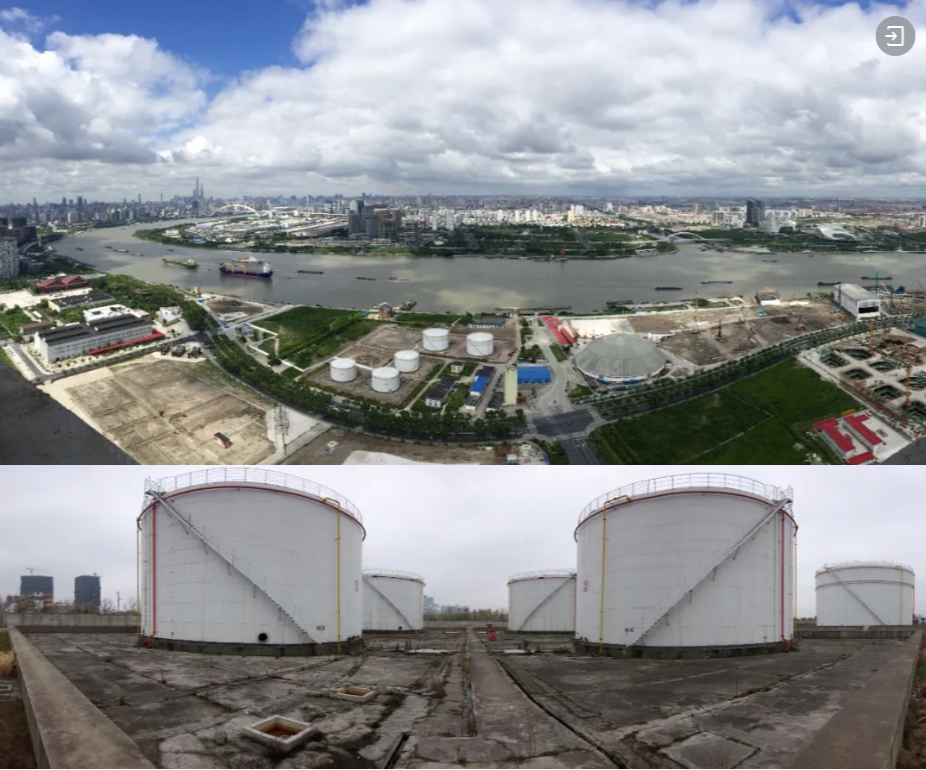 The Predecessor of TANK Shanghai——The Original Site of Longhua Airport
The Predecessor of TANK Shanghai——The Original Site of Longhua Airport
What did you learn from this curatorial competition? How do you feel about winning this curatorial competition?
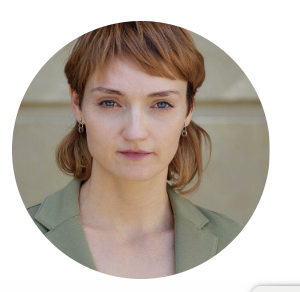
We definitely practiced collectivity and working together as a team, it involves listening and compromising. It is not always easy to agree on things as a group, but we think we managed it pretty well. We were, of course, very happy that our proposal got selected for the Prize.

Exhibition Concept
Why did you decide on the theme "Suspension of Disbelief”"? Is the exhibition divided into several parts?
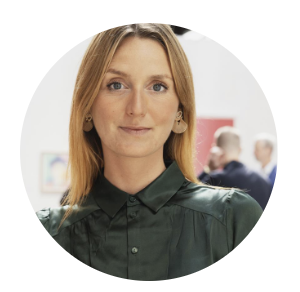
As mentioned before, this exhibition had a different conceptual framework and proposal at the beginning. The initial proposal was related to escapism, airports and art as a vehicle for producing all types of “movements”. But with the upcoming of the pandemic this idea got a very different tonality and its significance changed radically by this context. Airports stopped working as they used to and human displacement and movement across the globe was not a possibility, on the other hand it transformed into a threat.
Due to that we felt that we had to deepen our reflections and we started to think of how art actually allows us to experience reality differently, to make unexpected connections and to expand the ways in which we relate to the outside, among ourselves, to transform what we understand as nature and time. But for this to happen it is very important that we engage with what we are experiencing with a different quality of expectations. This is what is called Suspension of Disbelief, and it is what is needed when reading a novel, poetry or watching a movie. The concept was coined by the British poet Samuel Taylor Coleridge who in 1817 sustained that to become emotionally involved in a narrative, audiences must react as if the characters are real and the events are happening now, even though they know it is "only a story". It's a general expectation for all entertainment but for this exhibition we are proposing that artists use this constantly in their research and production processes and transmit this possibility to expand reality through their works.
The exhibition seems to have some key words related to topics such as "future", "post-human" and "self-awareness", are these the most important issues for young artists nowadays? What do you think?
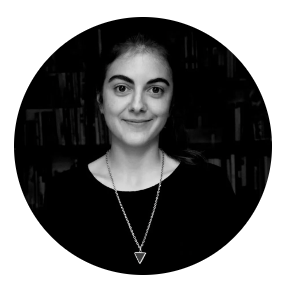
Those are some of the key words indeed but we should also add otherworldliness, subjectivity (more than self-awareness) and mothering.
It is hard to say if these are important issues on a general scale but we can at least affirm that questioning them is a common line for all the artists in this exhibition. Each artwork is either a proposal or an exercise of alternatives to those aspects of our present and past which are oppressive and standardized.
How did you choose the artists for this exhibition? What are the criteria for selection?
As queer-feminist practices are central to our curatorial research, one of the criteria for selection was to work mainly with female artists.
Also it was important to create a dialogue among diverse voices as we believe that the presentation of otherworldliness requires that. To this end, it was very useful to invite artists from the different countries in which each of us is or has been based.

Exhibition Preparation and Feedback
From the award in 2019 to the landing in 2023, more than 3 years have passed in between and the global epidemic, have you made any adjustments to the exhibition during this period?
Yes, conceptually we did many changes to the exhibition as already expressed in the questions above. In terms of production, we also had to do many adjustments and many of the artists agreed to work in ways that they hadn’t previously done as they regularly travel to the place where the exhibition is taking place or send part of their production team for quality check.
The impossibility to travel to China implied that the whole curatorial process happened remotely, including the installation. The constant dialogue and collaboration with Qiao Zhibing, Tank’s Director and with Xianhe D. Kong, Tank’s Assistant Curator, was key to making this happen.
These artists are relatively unknown to the Chinese audience, how do you consider the way the exhibition is set up so that the audience can better understand these artists and their works? Are you worried that the audience will find them obscure?

We are quite aware that these artists are new to the Chinese audience and that is an aspect which we find very positive. However, creating an exhibition which is accessible to the local audience was one of our priorities as well. For that we have and will implement a series of strategies. Translation to Chinese of all the videos present in the exhibition (The moon goose colony by Agnes Meyer Brandis and Radar Level by Himali Singh Soin) as well as of the poem Thinking like an island was essential obviously. Another curatorial gesture was including short texts and questions in each artwork label to create this sort of dialogue with the audience while encountering the works. TANK will also offer guided tours which we are preparing in collaboration to give more context to each artwork. Finally, during the duration of the exhibition we might create online events among Shanghai art practitioners, the participant artists and us curators again with the aim to create more international exchanges within the exhibition.
If you could use only three words to introduce your exhibition to the Chinese audience, which three words would you choose?
Otherworldliness 、 transpieces、fiction
What are your team's future plans?

Apart from our individual projects, at the moment we are still very committed to continue working on this exhibition. Especially in the part of public programming that we mentioned in the previous answer. We don’t discard the idea of traveling to China before May when the exhibition finishes as we have suspended the disbelief of visiting the exhibition IRL.

